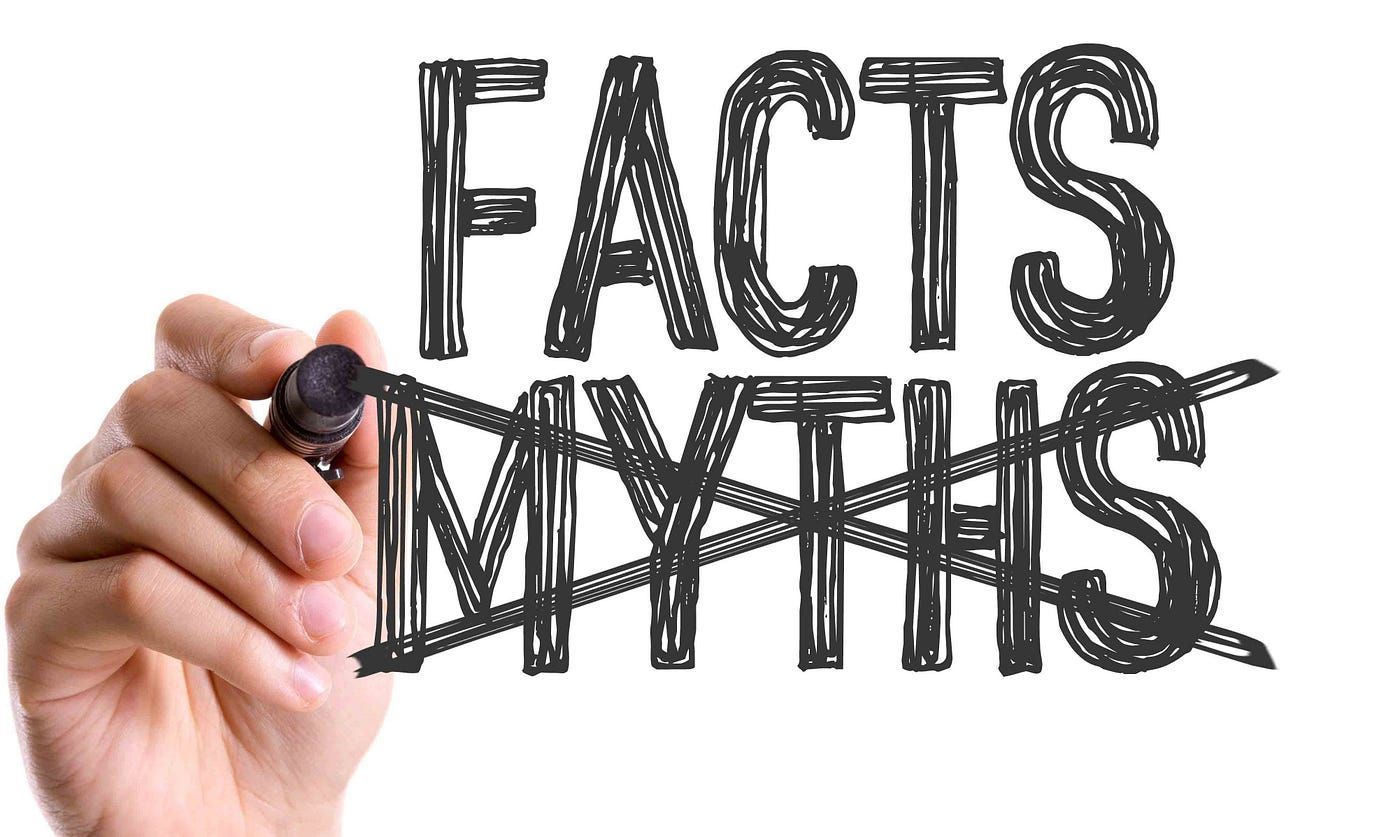Are ESOPs Still a Good Exit Strategy in 2025?
As business owners explore their exit options in today's changing economic landscape, many wonder if Employee Stock Ownership Plans (ESOPs) still offer the same advantages they've been known for in the past. With shifting interest rates, evolving tax policies, and an uncertain M&A market, it's a fair question to ask.
The short answer: Yes, ESOPs remain an excellent exit strategy for many business owners in 2025, and in some ways, they've become even more attractive compared to alternative options.
How Today's Economic Environment Affects Exit Strategies
The past 18 months have brought significant changes to the business sale landscape. Private equity activity has cooled somewhat compared to the frenzied pace of 2021-2023. Interest rates remain higher than their historic lows, affecting both traditional business sales and ESOP financing. Meanwhile, business owners are increasingly focused on their legacy alongside their financial goals.
Against this backdrop, ESOPs have demonstrated remarkable resilience and continued to offer unique advantages.
Why ESOPs Are Still Attractive in 2025
Tax Advantages Remain Substantial
The core tax benefits of ESOPs remain intact in 2025, making them financially compelling for many business owners:
- Sellers can still defer capital gains taxes through a 1042 rollover when selling to an ESOP
- S corporation ESOPs remain free from federal income tax on the ESOP-owned portion of the business
- Companies can still deduct principal and interest on ESOP loans
While there were discussions about potential tax code revisions affecting some ESOP benefits, these changes didn't materialize in recent tax legislation. The result is that the significant tax advantages that have made ESOPs attractive for decades continue to provide substantial financial benefits.
Flexible Financing Options Have Evolved
ESOP lenders have adapted to the higher interest rate environment by developing more creative financing structures. While borrowing costs are higher than they were in 2020-2021, many ESOP transactions now incorporate:
- Extended seller notes with favorable terms
- Two-stage transaction structures that reduce initial financing needs
- Warrant structures that provide sellers with additional upside potential
The result is that well-structured ESOPs remain financially viable even in today's interest rate environment. In fact, when compared to the challenges facing traditional M&A in the current market, ESOPs often emerge as even more attractive than they were relative to other options a few years ago.
Middle-Market M&A Alternatives Have Changed
For many business owners, the alternative to an ESOP is selling to a strategic buyer or private equity firm. The landscape for these traditional exits has shifted considerably:
- Valuations have become more conservative in many sectors
- Buyers are conducting more rigorous due diligence
- Deal structures often include larger earnout components with greater uncertainty
- Private equity firms are taking longer to deploy capital
These changes have made ESOPs relatively more attractive for many sellers. While ESOP valuations must still reflect fair market value as determined by independent appraisers, they typically offer more certainty and simpler deal structures than many current M&A alternatives.
Legacy and Culture Considerations Are More Important Than Ever
The past few years have reinforced the importance of company culture and employee retention. Business owners have witnessed the workforce disruption that often follows acquisition by outside buyers, with many acquired companies experiencing:
- Leadership changes
- Workforce reductions
- Culture shifts
- Relocation of operations
In contrast, ESOPs offer continuity. The business continues with its existing management team, workforce, and culture intact. This has become increasingly important to business owners who care about their company's future beyond their own involvement.
Who Should Consider an ESOP in 2025?
While ESOPs remain attractive, they're not the right fit for every company. They tend to work best for businesses that:
- Have consistent profitability and strong cash flow
- Generate at least $1 million in annual EBITDA
- Employ 20+ people
- Have a capable management team that can lead post-transaction
- Value preserving company culture and legacy
For companies meeting these criteria, ESOPs offer a unique combination of benefits that may be even more compelling in 2025 than in previous years.
The Bottom Line for Business Owners
The fundamental value proposition of ESOPs hasn't changed in 2025 – they continue to offer a tax-advantaged exit that preserves company legacy while benefiting employees. What has changed is the relative attractiveness compared to alternatives in the current economic environment.
For many business owners, taking a fresh look at ESOPs in 2025 reveals a succession planning option that addresses both financial goals and the desire to reward employees while preserving company culture.
The key is working with experienced advisors who understand both the technical aspects of ESOPs and the current market conditions. With proper guidance, an ESOP can be structured to provide fair market value to selling shareholders while positioning the company for continued success.
If you're considering exit options in 2025, an ESOP feasibility study can help you determine if this approach aligns with your specific goals and circumstances.





